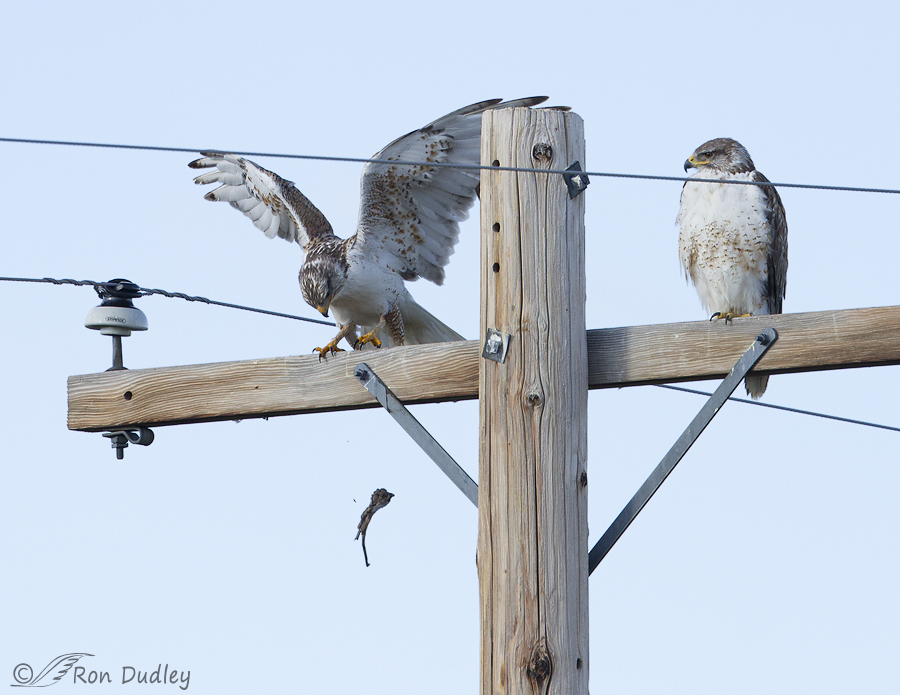Tag: white balance
Warm vs Cool Light – Minutes Matter
Color temperature (white balance) can make a big difference in photography and nature photography is certainly no exception. I seldom manipulate white balance during processing and never do it if I’m confident that my camera has rendered the image to look like it did in the field. 1/000, f/7.1, ISO 640, 500 f/4, 1.4 tc, natural light, not set up or called in The natural colors of the Loggerhead Shrike are gray, black and white but those colors are affected by the temperature of the light. I photographed this bird on November 26, 2012 at 7:56 am, very soon after the sun had come up over the Wasatch Mountains. Notice the warm, golden tones on the grays and the whites of the bird, and on the perch. They can even be seen in the almost black beak. 1/000, f/7.1, ISO 640, 500 f/4, 1.4 tc, natural light, not set up or called in Just 20 minutes later, at 8:16 am, I photographed this shrike on a different perch. By then the sun was higher in the sky and the light was filtered through relatively thin clouds. I think the difference in color tone of the two images is dramatic. Even though nature photographers often prefer warmer colors in their images I’m not suggesting that either warmer or cooler colors are necessarily “better” than the other. I’m only saying that they can have a huge overall effect on the image. And that mere minutes matter. Ron
Warm vs Cool Light – Minutes Matter
Color temperature (white balance) can make a big difference in photography and nature photography is certainly no exception. I seldom manipulate white balance during processing and never do it if I’m confident that my camera has rendered the image to look like it did in the field. 1/000, f/7.1, ISO 640, 500 f/4, 1.4 tc, natural light, not set up or called in The natural colors of the Loggerhead Shrike are gray, black and white but those colors are affected by the temperature of the light. I photographed this bird on November 26, 2012 at 7:56 am, very soon after the sun had come up over the Wasatch Mountains. Notice the warm, golden tones on the grays and the whites of the bird, and on the perch. They can even be seen in the almost black beak. 1/000, f/7.1, ISO 640, 500 f/4, 1.4 tc, natural light, not set up or called in Just 20 minutes later, at 8:16 am, I photographed this shrike on a different perch. By then the sun was higher in the sky and the light was filtered through relatively thin clouds. I think the difference in color tone of the two images is dramatic. Even though nature photographers often prefer warmer colors in their images I’m not suggesting that either warmer or cooler colors are necessarily “better” than the other. I’m only saying that they can have a huge overall effect on the image. And that mere minutes matter. Ron


